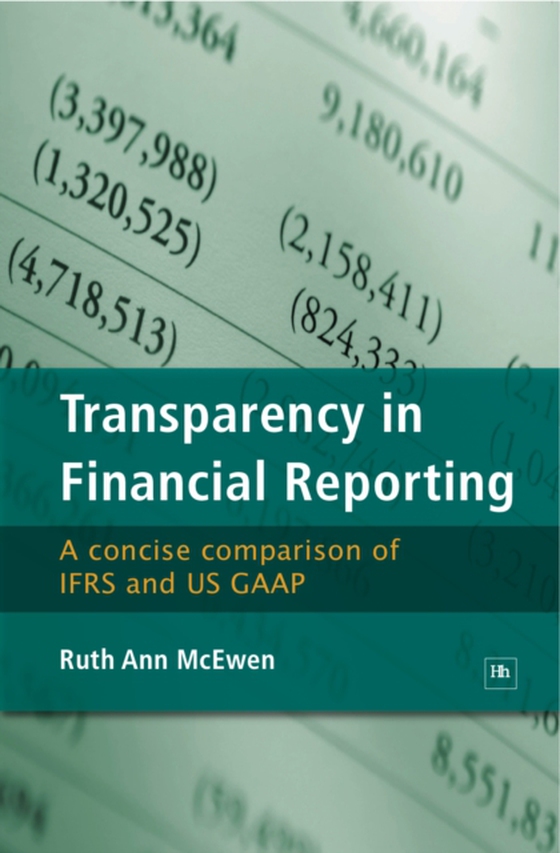
Transparency in Financial Reporting e-bog
265,81 DKK
(inkl. moms 332,26 DKK)
By January 2012 all major economies, apart from the US, will provide financial reports using International Financial Reporting Standards (IFRS). This book sets out the key differences between IFRS and US GAAP from a practitioner's perspective, although financial analysts will also benefit from the material presented. The financial crisis has been attributed to, among other things, a perceived...
E-bog
265,81 DKK
Forlag
Harriman House
Udgivet
18 marts 2010
Længde
152 sider
Genrer
Financial reporting, financial statements
Sprog
English
Format
epub
Beskyttelse
LCP
ISBN
9780857190222
By January 2012 all major economies, apart from the US, will provide financial reports using International Financial Reporting Standards (IFRS). This book sets out the key differences between IFRS and US GAAP from a practitioner's perspective, although financial analysts will also benefit from the material presented. The financial crisis has been attributed to, among other things, a perceived lack of transparency in the financial markets. In general, transparency implies an ability to see the reported results of an entity's financial activities clearly and to use these results in making investment decisions. At question is the belief that transparency in financial reporting will lead to transparency in financial markets. Unfortunately, this link may be more subjective than most of us wish. Ruth Ann McEwen presents an analysis of reporting issues affecting transparency under IFRS, compared with US GAAP, and suggests areas of concern for preparers and users of financial reports. Providing an invaluable guide for all accountancy professionals, the book also contains a technical analysis of major accounting issues raised by convergence, and indicates areas of interest during initial adoption of IFRS by US entities. This authoritative book provides all the essential information required for advanced practitioners and analysts at this critical juncture.
 Dansk
Dansk

